|
|
Cord blood market segmentation is one of the most important (and least appreciated) parts of analyzing the cord blood banking industry. As the first and only market research firm to track the stem cell industry, BioInformant has collected over 16 years of historical information on the cord blood industry from 2006 to present. This provides a powerful record if past industry dynamics, as well as a robust platform for making future projections.
After 10 years of market analysis, we have come to the conclusion that most people associate the term “cord blood” with the long-term storage of cord blood and tissue stem cells, a service known as “biobanking.” However, this interpretation provides an incomplete understanding of cord blood industry opportunities and revenue models.
Proper cord blood industry market segmentation produces five different categories, of which cord blood banking is only one.
Cord Blood Market Segmentation
Nearly every company offering cord blood services now states this sentence or one similar to it: “Cord blood stems cells can treat nearly 80 diseases, including various cancers, genetic diseases, and blood disorders.”
This sentence is important, because it captures the breadth and depth of treatments that cord blood-derived stem cells can facilitate. However, there are several different strategies that companies can use to derive revenue from cord blood banking products and services, as described below.
1) Biobanking
Long-term cryogenic storage of cord blood, cord tissue, and related perinatal products is a stand-alone industry. Currently, there are over two hundred cord blood banking companies worldwide.
2) Use in Hematopoietic Stem Cell Transplantation (HSCT)
Cord blood can also be used as a source of stem cells for hematopoietic stem cell transplantation (HSCT), providing an important alternative to the traditional options of peripheral blood and bone marrow. Importantly, bone marrow and peripheral blood require full tissue matching for use in HSCT, while cord blood only requires partial matching.
Currently, the biggest problem with cord blood transplantation is the limiting number of stem and progenitor cells in an unmanipulated cord blood unit. This limited cell dose is associated with delayed engraftment, which correlates with a well-documented increase in patient morbidity and mortality.
However, companies like Gamida Cell in Israel and Nohla Therapeutics in Seattle, Washington, are exploring novel technologies for ex vivo expansion of cord blood that could overcome these limitations.
3) Cellular Therapies
Cord blood stem cells also have the potential to be used in a wide range of cellular therapies to address diseases that include cerebral palsy, autism, and many more.
One of the best-know authorities in this space is Dr. Joanne Kurtzberg, an internationally renowned expert in umbilical cord blood transplantation and its utilization within the emerging field of cellular therapy.
4) Genetic Manipulation
Cord blood stem cells can also be targets for genetic manipulation and may be a viable source for gene delivery to the hematopoietic system.
5) Research Tools
The life science market for umbilical cord blood-derived cells and tissues as research tools is a comparably small, but growing, market segment. Several research supply companies now offer cord blood and cord tissue related products to researchers, including:



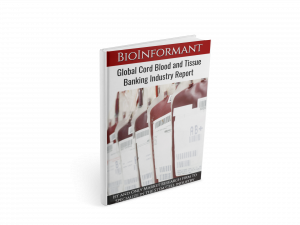




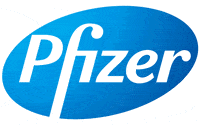




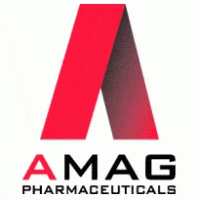


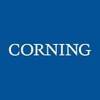

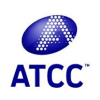


Tell Us What You Think!